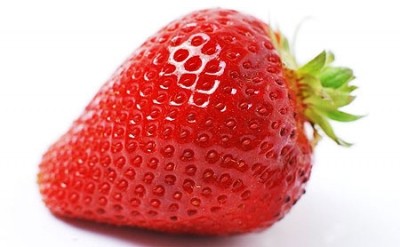Study aims to uncover the aroma secrets of caramel
The study – published in Flavour and Fragrance Journal – aimed to improve the understanding of the typical compounds responsible for candy (or aromatic caramel) aromas.
Led by Laurianne Paravisini from the Centre for Taste and Food at the University of Burgundy, France, the research team noted that the richness in aroma compounds and the pleasant organoleptic properties of caramel had led to its wide use in confectionery and the wider food industry.
In order to assess the relationship between aromas and the compounds present, Paravisini and her team analysed and identified the levels of odorant compounds in four different types of candy.
“A total of 76 odorant zones were detected and 49 aroma compounds identified, some of them being reported for the first time in caramel,” explain the researchers.
The relationship between the sensory descriptors from a trained panel of assessors and the 49 compounds was then modelled, they said.
“This study constitutes an important step towards a clearer understanding of caramel aroma.”
Study details
The research team investigated the sensory and chemical differences in four aromatic caramels, which differed in terms of their carbohydrate composition and cooking process. Using gas chromatography–olfactometry (GC-O) and GC–mass spectrometry (GC-MS) the team detected and identified 76 odorant zones were detected and 49 aroma compounds.
In a parallel investigation, the descriptive sensory profiles of the four caramels were analysed with a panel of ten trained assessors. The team reported that significant differences between the samples for each of the six attributes that the panel identified (cooked-syrup, fruity, honey, strong, pungent, roasted.)
In the first study of its kind, the team then attempted to establish links between the sensory profiles of the caramel s and the detection frequencies of odorant compounds using computer modelling.
They found that burnt sugar caramels – characterised by pungent and roasted descriptors – were rich in odorant compounds with empyreumatic and sour characters.
“Heterocycles, carbocyclic compounds and carboxylic acids appeared to be the main contributors to these odorant properties,” the researchers said.
“Meanwhile, the standard aromatic caramel was described as honey-like, fruity and cooked-syrup, which could be explained by the presence of a few specific compounds such as octanal and acetylformoin (2,4-dihydroxy-2,5-dimethyl-3(2H)-furanone),” they revealed.
Source: Flavour and Fragrance Journal
Volume 27, Issue 6, pages 424–432, November 2012, doi: 10.1002/ffj.3111
“Identification of compounds responsible for the odorant properties of aromatic caramel”
Authors: Laurianne Paravisini, Karine Gourrat-Pernin, Cécile Gouttefangeas, Cédric Moretton, Henri Nigay, Catherine Dacremont, Elisabeth Guichard












